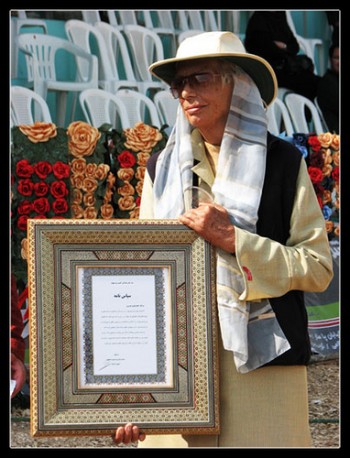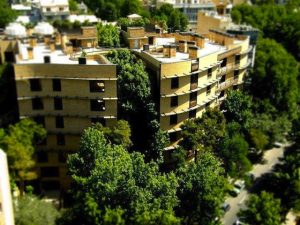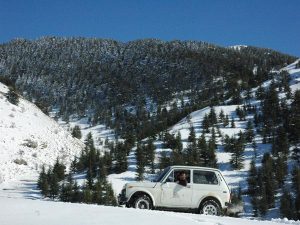 About 2/3 the size of most horses, the Caspian was used to draw ancient chariots into battle.
About 2/3 the size of most horses, the Caspian was used to draw ancient chariots into battle.
Louise Firouz loved her Caspians, a small horse that was thought to have gone extinct 1,300 years ago. After marrying into an aristocratic family, the American Cornell graduate took up her love of horses anew by establishing a riding academy in Iran. Then in the 1960s, Louise learned about the existence of smaller horses in the north and ventured for three months into the Elburz mountains to find them.
The bedraggled horses she discovered there turned out to be the Caspians so revered by Persian royals. Captivating equine enthusiasts around the world, including Prince Phillip, Louise subsequently developed a breeding program that revived this species, which a recent finding shows may have existed for more than 3,000 years.
The 3,000 year old Caspian horse remains discovered in Gohar-Tappeh in Northern Iran are the oldest ever recorded. Used to lead royal chariots into battle and depicted in Persepolis reliefs, the Caspian horse is the predecessor to the more widely known and notoriously hot-tempered Arab horse.
As Discovery News reports, Louise knew the Caspians to be “kind, intelligent, and willing.”

Artifacts that date as far back as 12,000 B.C. discovered at Gohar-Tappeh suggest that the Caspian may have existed for more than 3,000 years. The remains recently discovered belong to a horse that probably lived during the late Bronze Age.
That they were buried in a cemetery alongside humans demonstrates how much they were once valued. But in more recent history, during the years that Louise struggled to foster her conservation program, the horses were less valued.
Francie Stull writes that during the Islamic Revolution that culminated in the Shah’s ouster, the Caspian horses were subjected to starvation and slaughter. But the equine community rallied to help Louise and a total of 19 foundation lines have been exported around the world.
When Louise died in 2008, members of the northern Iranian village where she lived honored her with a traditional burial. Albeit more Arab than Caspian, her ceaseless efforts to rescue these horses from extinction were nothing short of heroic.
More environmental news from Iran:
Iran and Qatar Align to Help the Environment
Blaming Iraq for Sandstorms that Cripple Iran
Where Have all the Iranian Leopards Gone?



